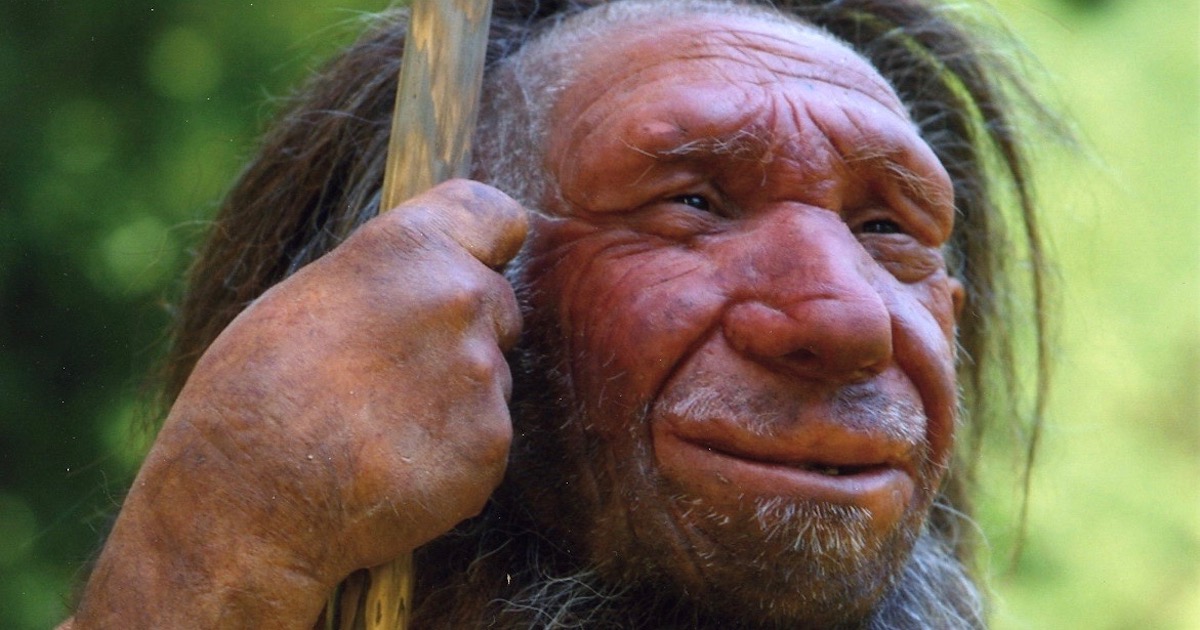 Human Origins
Human Origins
 Paleontology
Paleontology
Were Neanderthals Religious?

Emory University professor of philosophy Robert N. McCauley asks that question in Psychology Today. Noting that there is growing evidence for Neanderthal man behaving mentally as humans do today, he calls it proto-religiosity.
Burying the Dead
Take, for example, the fact that Neanderthals buried at least some of their dead:
First, it’s worth noting that the earliest uncontroversial burial unearthed so far was a Neanderthal burial. Second, it does not appear that contemporaneous Homo sapiens buried many of their dead either. Nor did their burials at this point in time, as opposed to 30,000 years later, include substantial amounts or kinds of grave goods.
ROBERT N. MCCAULEY, “WERE NEANDERTHALS RELIGIOUS?” PSYCHOLOGY TODAY, JANUARY 29, 2024
In fairness, how much time any early humans could spend on mourning or burying the dead might depend on circumstances at the time, especially if the group lived by following herds and hunting them. Meanwhile, he notes, we have since found a number of Neanderthal grave items such as “goat horns, horses’ hooves, panthers’ claws, eagles’ talons, feathers, and perhaps most significantly, in a few cases, lithics, i.e., stone tools.” Surely, if the deceased is thought to need items like that, some sort of life beyond death is envisioned.
We have unearthed so little of the ancient past that pronouncements on such topics involve risks. However, McCauley, the author of Why Religion Is Natural and Science Is Not (Oxford 2011), ventures some thoughts. He comments on the Bruniquel Cave, a Neanderthal cave hall consisting of 400 stalagmites that bound two circles on the floor. Some stalagmites were used to make small structures inside the larger circle, and the researchers found evidence of burned bones on them. He writes,
How much these arrangements resemble familiar ritual sites today is striking. What is even more startling, though, is that the Bruniquel site was constructed, and the fires burned roughly 175,000 years ago — more than 100,000 years before Homo sapiens entered Europe!
MCCAULEY, “WERE NEANDERTHALS RELIGIOUS?”
Obviously, if we can’t do a Pew research poll on long-deceased Neanderthals, we can’t find out what they thought specifically about life, death, and the hereafter. But the critical fact is that they were thinking about it at all.
A Vast Gulf
There is a vast gulf between life forms that can entertain such ideas and those that cannot. An octopus, for example, is astoundingly clever for an invertebrate. But there is no reason to suppose that she is thinking about how the ocean came to exist or whether she has been, on the whole, a good octopus. Nor does she contemplate the fact that she will die one day (and what happens then?).
Those thoughts don’t arise from a simple need to survive in nature. Humans must mentally step outside of nature for a moment to consider them. The immaterial aspect of our minds enables us to do so naturally. If Neanderthals show evidence of thinking about the meaning of life, death, the universe and all that — for example, by burying the dead with grave goods and constructing halls for rituals — we can reasonably assume that they thought about the same things. We can call it proto-religion if we like.
Were Neanderthals Different from Us?
Paleontologists and science writers have often been careful to emphasize that Neanderthals were a separate, intellectually inferior species from humans today. Their approach isn’t surprising; somebody had to be the subhuman in order to cement the Darwinian theory of evolution for the human race. Otherwise, it would become too obvious that the human mind has no history. However, Neanderthal man, despite being extinct as a separate group, has just never really co-operated much with all that — less so all the time, actually.
Paleontologist Günter Bechly has argued here recently that Neanderthal man should not be seen as a separate species:
In my humble opinion, the evidence for symbolic thinking, language, and genetic admixture clearly suggests that Neanderthals belong to our very own species. They were no inhabitants of the uncanny valley of objects that just resemble humans (think of Sophia the robot or CGI characters), but they are fully human and should again be classified as Homo sapiens neanderthalensis. The latest technical literature shows that such a view is well rooted in up-to-date mainstream science. McCrae (2023) concluded, in an article titled “Neanderthals might not be the separate species we always thought,” that even though “it’s unlikely we’ll finally see the classification of Homo neanderthalensis fade into obscurity any time soon. … Still, as more sibling than cousin, it seems the poor old Neanderthal deserves to sit right by our side in the Homo sapien[s] family portrait.”
GÜNTER BECHLY, “FOSSIL FRIDAY: NEW EVIDENCE FOR THE HUMAN NATURE OF NEANDERTHALS”, EVOLUTION NEWS, FEBRUARY 2, 2024
However the species classifiers want to run the numbers, Neanderthals would appear to be human in the ways that matter to the rest of us. It would be no surprise if they had religious ideas. Everyone does, even if their only strongly held idea is “I don’t believe in all that.”
Cross-posted at Mind Matters News.
